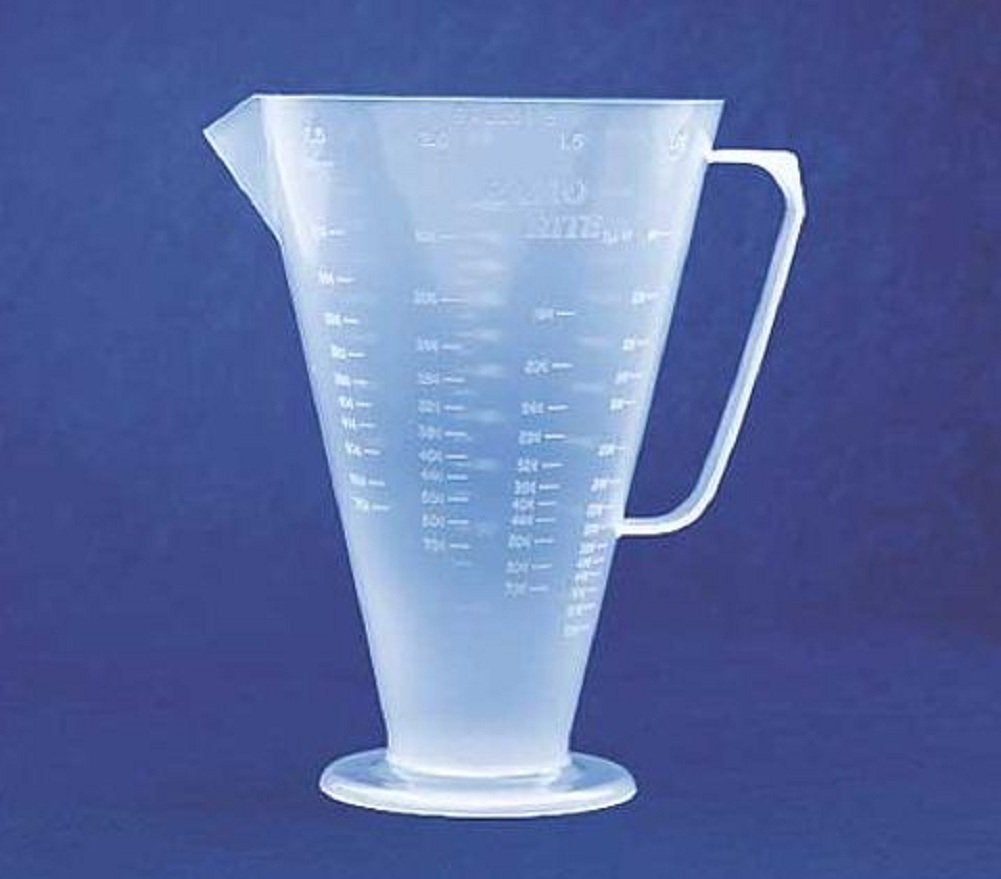Premix Once - Measure Twice

Premix Once - Measure Twice
I cringe when I see someone guess at the proper amount of oil to mix with their fuel when filling up their two-stroke dirt bike, snowmobile, jet-ski, or even weed whip. Manufacturer’s spend an awful lot of time figuring out what the right amount of oil is for a given engine application so when I see someone add a splash here and a splash there and call it good it worries me. If you’re one of those folks maybe after reading this it will worry you too.
Adding too little oil may lead to improper lubrication of the crank bearings, rings, piston, and rod bearings causing premature failure due to excessive wear and increased friction. You might think using less oil will save you a few dollars, will lead to more horsepower, or will keep your spark plug from fouling. Let me assure you that buying another quart or gallon of oil is much cheaper than having to replace an entire top and/or bottom end. Personally I have not come across a single study that proved less oil lead to more horsepower. I have ran oil mixtures as rich as 20:1 and have not had any problems with the bike fouling plugs. In my opinion, plug fouling occurs from poor combustion (possibly caused by combustion chamber shape, spark strength, or ignition timing) not the amount of oil in the mixture itself.
Let’s consider the effects of having an oil mixture that continually varies each time the bike is filled with fuel. As an example let’s say that the bike and carburetor is set up to run at a fuel/oil ratio of 40:1. What happens if we get generous with the amount of oil we add when we fill the bike up? Let’s say after we finish filling we end up with a fuel/oil mixture that is 20:1. Now the bike has much more oil in the fuel mixture than there was originally. There is no question that the engine will be well lubricated, but will the engine perform better or worse? Assuming that no changes are made to the carburetor to account for the richer oil mixture, the engine will most likely run worse. The reason being the amount of fuel able to pass through the orifice of the main jet, pilot jet, and needle circuit is reduced due to dilution caused by more oil. This will cause the bike to run lean and may lead to problems! While you may think you are doing the engine a favor by giving it more lubrication, unless the carburetor is adjusted to compensate for this change, you are actually increasing the chances of doing damage to the engine by running it lean.
On the flip side we could decide to take our engine that is set up to run a 40:1 fuel/oil mixture and use less oil. Let’s say we are down to the last quart of oil and need to get a couple bikes through a weekend of riding so we skimp and run the bikes at 80:1. In this case the opposite will happen. Since there is less oil in the fuel/oil mixture, more fuel will be able to flow through our carburetor circuits, thus causing the bike to run rich. A rich bike is much better than a lean bike, but what if there is no longer enough oil to adequately lubricate the engine? If there isn’t enough oil to lubricate the moving components within the engine, it is highly likely that engine components will wear faster, run hotter, and ultimately fail.
My advice to you would be to take the extra five minutes every time you mix to measure out the amount of gas and oil precisely. That way each time you fill the bike up you are giving your engine the most consistent fuel/oil mixture possible. Taking the time to do this will lead to more consistent performance, maintenance intervals, and save you a lot of money on an avoidable rebuild.
If you don’t already have an oil measuring container go out and pick one up for a couple bucks and throw it in with your riding supplies so you are never in the situation where you have to guess. Another tip I want to share with you is when you are at the gas station filling up your container with premium, let the first gallon of fuel go to your car or truck. By doing this you purge the gas pump’s hose of whatever blend was previously dispensed and ensure you are in fact getting premium for your toys. Once done filling and mixing, I like to label my gas jugs with the date I mixed them and with the fuel/oil mixture I mixed. Doing these simple things will help avoid confusion down the road and a keep your engine healthy.
Moto Mind - Empowering and Educating Riders from Garage to Trail
If you'd like to follow my blog, click the "follow this blog" button in the upper right. I'd love to have you. ?
-
 2
2



11 Comments
Recommended Comments